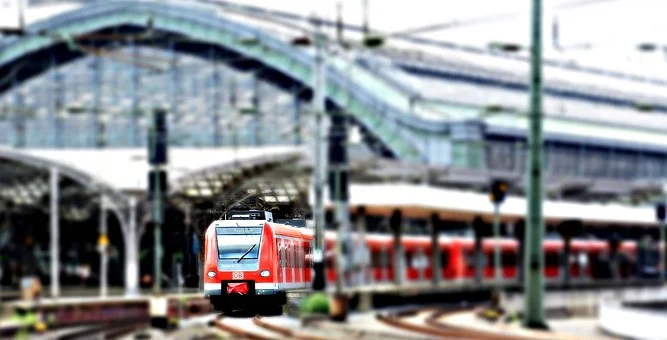
04/12/21 13:35 PM IST


The standard specifications of Light Urban Rail Transit System named “MetroLite” and rubber-tyred electric coach powered by overhead traction system running on a road slab with an exclusive right of way named “MetroNeo”, suitable for smaller cities or areas of cities with less projection of ridership were issued in July, 2019 and November, 2020 respectively.

17 Sep
'Dehradun and several other districts in Uttarakhand have experienced very heavy rainfall over the past few days, triggering landslides in multiple areas and causing rivers to swel
Read More
08 Sep
'The Rajasthan Coaching Centres (Control and Regulation) Bill, 2025, is a significant piece of legislation passed by the Rajasthan Assembly to regulate and oversee the state's burg
Read More
28 Aug
'Recently, the Indian Space Research Organisation (ISRO) successfully carried out its first Integrated Air Drop Test (IADT-1), a crucial milestone in the preparation for the countr
Read More